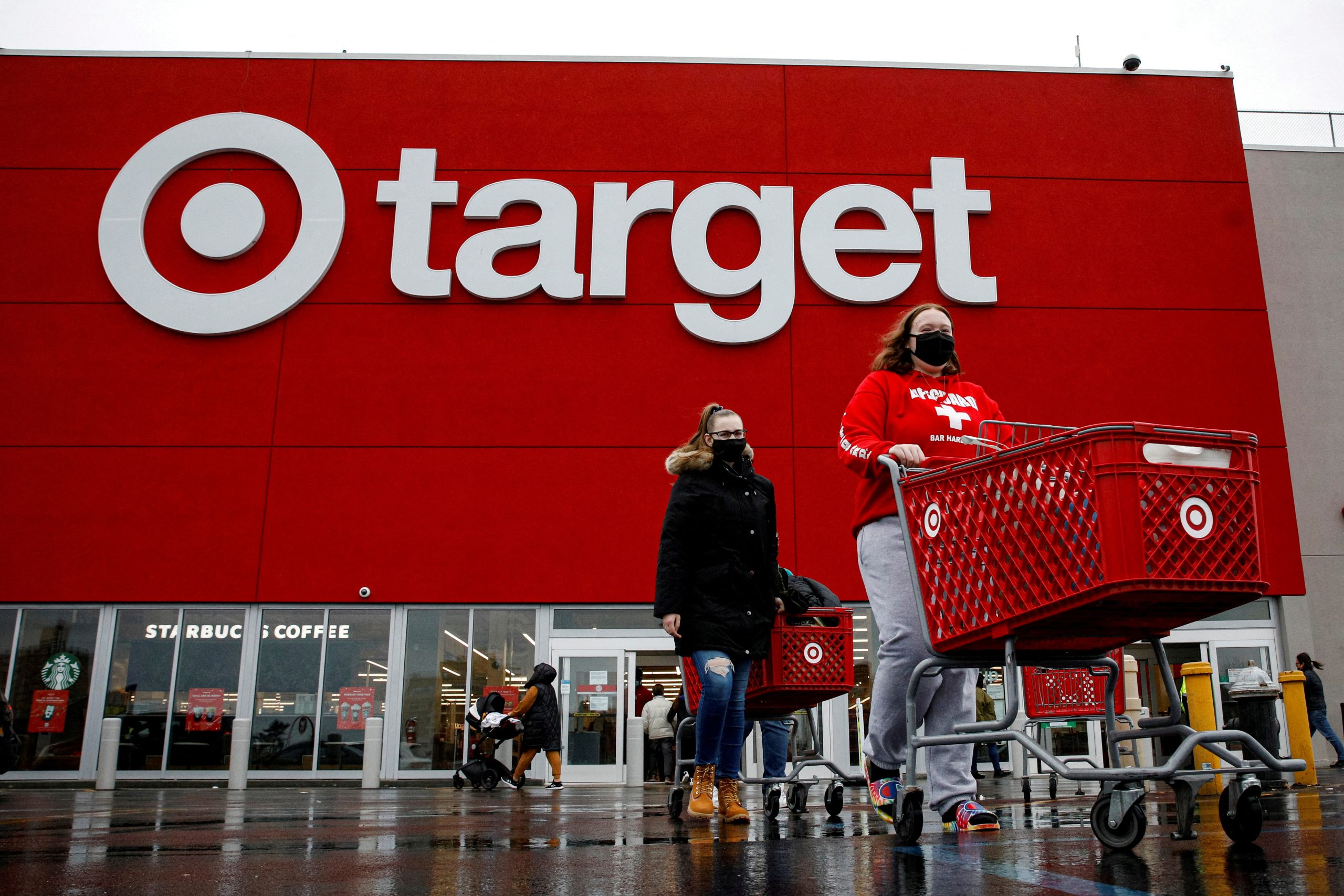
[elfsight_social_share_buttons id=”1″]
Major U.S. retailers that recently scrambled to restock shelves amid product shortages disclosed this week that their stores are now packed with too much merchandise, and some are even doing what was unthinkable just a few months ago: discounting unsold goods.
It’s a sign of possible more trouble to come for retailers amid soaring inflation and higher gas prices. With shoppers’ tastes quickly shifting, many retailers now find themselves with a surplus of merchandise, driving up costs.
Costco Wholesale Corp said its inventories ballooned 26% in its fiscal third quarter ended May 8 that included a “few hundred million dollars” of extra holiday merchandise and being a “little heavy” on small appliances and household items.
At Gap Inc, a 34% spike in inventories was caused by poor sales at Old Navy and longer transit times for goods, CFO Katrina O’Connell said Thursday.
Similarly, Macy’s CEO Jeff Gennette this week cited an “imbalance” in inventory. “Supply chain constraints relaxed,” resulting in it receiving goods from overseas earlier “than we expected,” he said. Meanwhile, shoppers changed buying patterns, buying fewer home items while snapping up occasion-based clothing and other merchandise.
Average retail inventories in the United States are rising at a faster pace than sales growth, according to Citi research on 18 retailers’ first-quarter results as of May 22. At 11 of the 18, inventories rose by 10 percentage points more than sales did, according to Citi analyst Paul Lejuez. That is the widest gap since before the coronavirus pandemic began, illustrating a trend that began in March 2022.
During the supply-chain crisis, major retailers went on buying sprees, loading up on a range of merchandise and bulking up investments in merchandise so they would have enough goods in stock for shoppers flush with cash.
But the retailers’ moves backfired, according to executives and analysts. With inflation soaring and fuel prices jumping, shoppers retrenched quite rapidly, buying less clothing, TVs and high-margin appliances.
That scenario is prompting retailers like Walmart and Macy’s to clear out excess inventories by discounting more items and offering deeper promotions, a move that would erode margins. Walmart CEO Doug McMillon said on its earnings call that it had started “aggressive” price rollbacks to encourage sales of some higher-margin goods, including apparel.
EXCESS MERCHANDISE
As inflation lifted prices of everything from TVs to toothpaste, lower-income consumers have curbed their spending, according to Walmart and Target.
Higher-income shoppers have shown resiliency, snapping up suits, gowns and footwear and spending more on services, economic data and results from retailers that cater to more affluent households showed.
Holding excess merchandise proves expensive as warehousing costs rise. Walmart store and distribution centers had 32% more merchandise, Target had 43% more goods compared to a year earlier and Best Buy had 9% more merchandise in the first quarter, the retailers said. Macy’s said on its earning call inventories rose 17% from the same period in 2021.
Macy’s Chief Financial Officer Adrian Mitchell said on Thursday consumers’ quick shift away from “pandemic categories” and receiving items sooner than expected, due to a loosening supply chain, resulted in higher inventories. He forecasted Macy’s second-quarter gross margins to reach 2019 levels.
Some anticipate that many retailers this year will start to discount more to clear out unsold merchandise. Macy’s CFO warned of “an elevated promotional environment,” for example.
Data from research firm StyleSage showed mid-tier department stores, such as Macy’s and Kohl’s , stepped up price promotions in mid-May, implementing them on 57% of items.
In the clothing category, retailers put in place discounts on 36% of items as of mid-May, up from 32% in the whole of April, according to StyleSage. The average discount, however, remained steady at 12% since January.
Kohl’s offered eight promotions in the second week of May, versus three in the year-earlier period, according to research from Jane Hail Associates.
Similarly, Walmart was offering up to 65% off on top-rated items and up to 25% of on tech and home goods during the week of May 9. At the same time last year, deals for tech products were just 10% and offers on home products were only for limited items.
Copyright 2022 Thomson/Reuters
